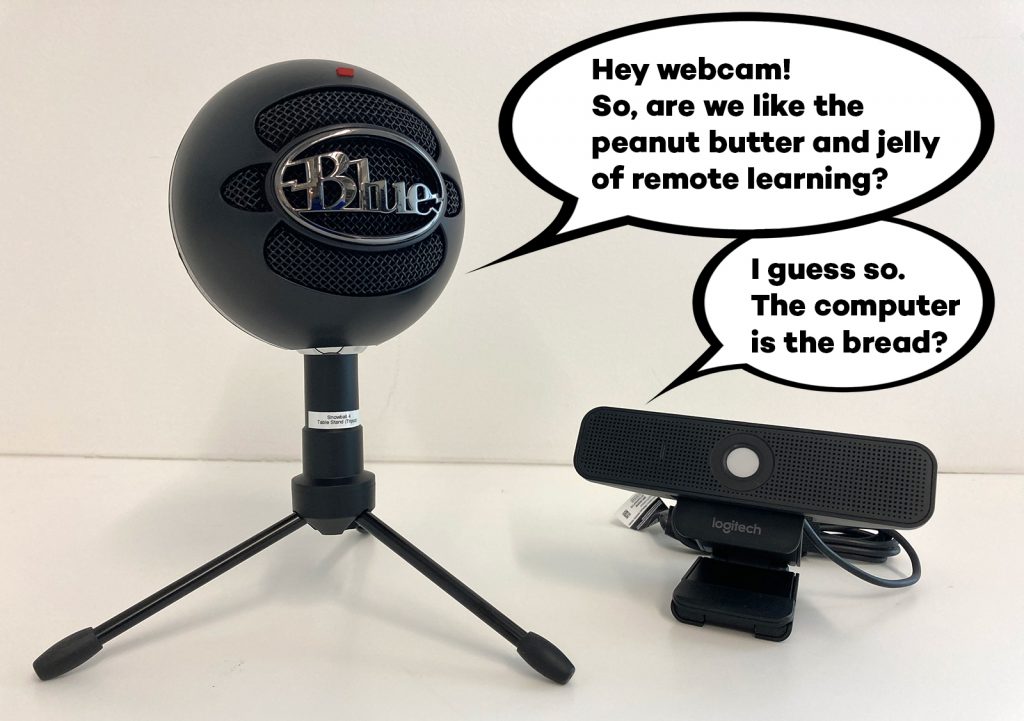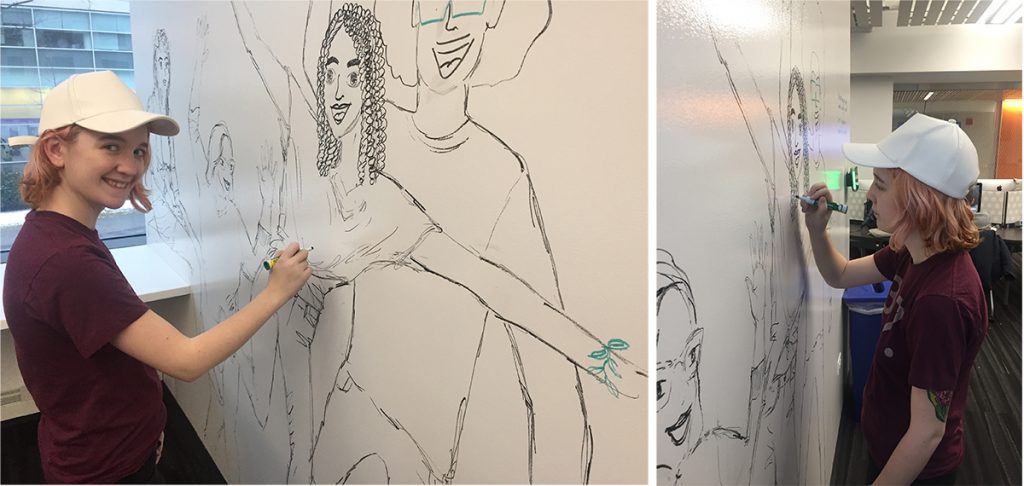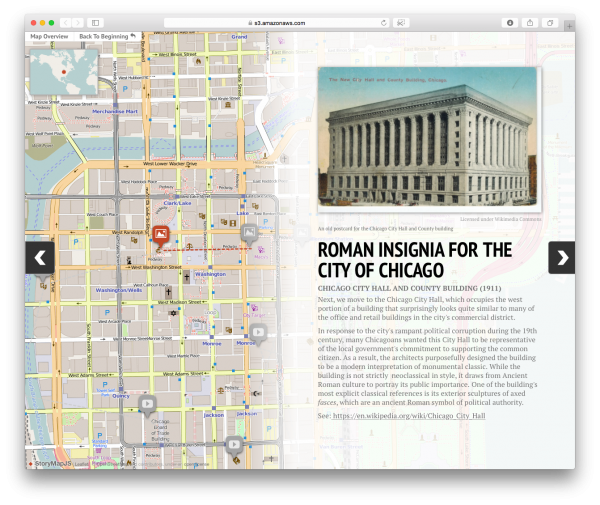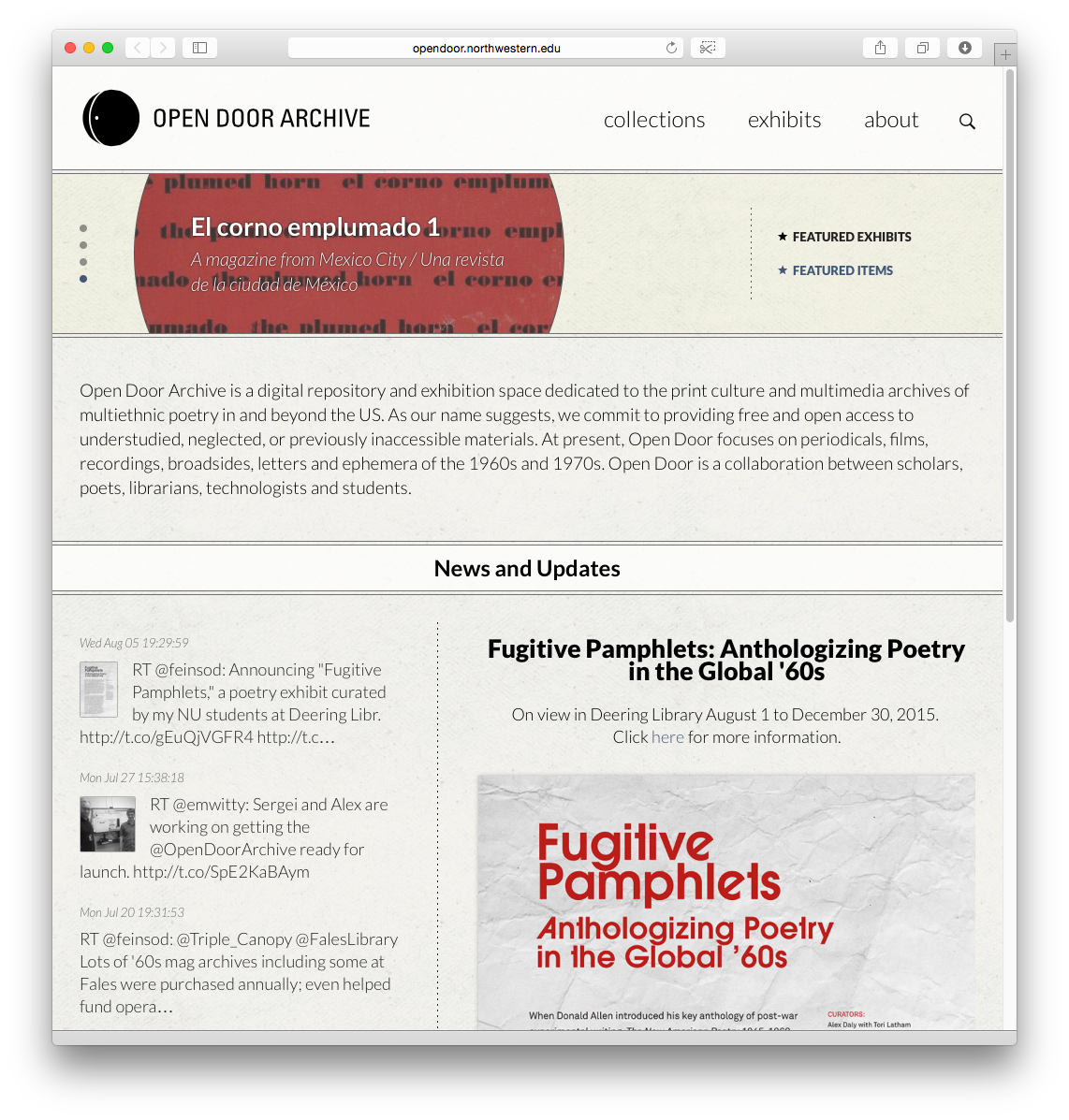
MADS new equipment decides to get a little chummy.
We are open for fall!
Well, as much as we can be!
As various campus units work to plan for a mix of remote instruction and a very sporadic few on-campus classes and activities, so also is the MAD Studio making plans for modified Fall operations. In addition to our traditional equipment pool, we have added a few new resources to support acute remote instruction and video conferencing needs. There will be a revised circulation process to reduce contact and allow greater time to more thoroughly clean equipment and facilities between uses.
Of particular note is that, with very few exceptions, all of our facilities and resources will be available only by reservation and transactions made only by appointment, even when our doors are open.
Activity Space and Equipment Circulation
Immediately following the Wildcat Wellness quarantine period, the Media and Design Studio will open its doors to receive staff, faculty, and students with resource reservations and/or who have made equipment check-in or check-out appointments. Contactless equipment transfers may also be arranged during Wildcat Wellness.
Fall Quarter Hours
September 21 through November 25
Monday – Friday 10:30 a.m. – 2 p.m.
Please note the following changes to our procedures:
- Equipment circulation is by reservation only (24+ hours in advance) with all pick-ups and returns scheduled during our open hours (weekdays 10:30am – 2pm)
- Patrons should use the WebCheckout patron portal to reserve equipment. Beginning Tuesday September 8, our new items and new lending policies will be reflected on WebCheckout.
- Email requests are discouraged, and telephone requests are strongly discouraged due to reduced staffing.
- While our lab will be officially closed at this time in observance of the Wildcat Wellness quarantine period, equipment will be available via contactless “front-steps-pick up” on weekdays Thursday September 10 through Friday September 18.
Available Equipment
We have a variety of equipment available for specific remote instruction needs:
- Second generation iPads (note, these are compatible with Zoom screen sharing but do not run the latest iOS nor support Apple Pencil — if you require this feature, contact us for alternate recommendations)
- Logitech BCC950 Conference Cameras (with integrated speaker and microphone and remote control zoom, pan tilt)
- Zoom/Panopto Portable Studio kits (includes Logitech webcam, ring light, camera tripod, headset, studio microphone)
- USB Studio Microphones (podcast-quality tabletop microphone)
- Headsets (integrated microphone and over-the-ear headphones)
Loan Terms
- Unless otherwise specified, equipment loans will be for a period of up to two (2) weeks. Equipment loaned will have a specified return date which must be honored.
- As always, a renewal may be requested but they must happen prior to the item(s) becoming overdue.
- Depending upon observed demand, equipment loans may be renewed or potentially extended to the full academic term. Term loan equipment will be due back before or during finals week.
Cleaning protocol
After items are returned to the Media and Design Studio, they will be both briefly quarantined and thoroughly cleaned by electrostatic misting and/or ultraviolet light. Once this process is complete, items will be reassessed and discharged. The items will not be released from your responsibility until after they are cleaned so you will receive two notifications upon return of borrowed items: (1) The item has been received and (2) The item has been discharged.
Space Reservations
The Media and Design Studio offers spaces which may be useful to students, faculty, and staff during this period of remote instruction. Reservations can be made via Bookings beginning Monday September 14.
Computer Workstations
Six (6) computer workstations in the main Activity Space of the MAD Studio are reservable for all patron classes during our open hours (M-F 10:30 a.m. to 2:00 p.m.). These workstations offer access to Adobe Creative Cloud applications and a host of other useful programs. Select workstations also offer additional capacities such as document and/or photo scanning.
These workstations are reservable for periods of up to 2 hours, with a required spacing of 1 hour between users.
To reserve, visit this Bookings page: https://outlook.office365.com/owa/calendar/MediaandDesignStudioWorkstations@nuwildcat.onmicrosoft.com/bookings/
Lecture Recording Classrooms
The two MAD Studio computer classrooms (K2524 and K2530) are equipped with whiteboards, resident computers, and remote controlled lecture recording cameras which can be used to pre-record or broadcast a (synchronous) class lecture.
Classrooms are reservable according to the following scheduling policy:
- Reservations for Faculty only
- Operating Hours: Monday through Friday 9am-5pm
- Maximum 3-hour reservation
- Minimum 1-hour gap time required between users
Lecture/Audio Recording Suites
Additionally, MAD Studio offers two recording suites that are available for seated lecture preparation, capture, or live presentation. Each of these is equipped with a resident computer, studio microphone, and optional drawing tablet.
- Studio 2531
- Studio 2533
Suites are reservable according to the following scheduling policy:
- Reservations open for all class of patrons
- Operating Hours: Monday through Friday 9am-5pm
- Maximum 3-hour reservation
- Minimum 1-hour gap time required between users
Here for You
These are unprecedented times for our University and our world. We know that there are many challenges associated with remote instruction and are here to assist in any way that we can, through our facilities, with our resources, or by sharing advice and expertise related to teaching and/or scholarly technology.
Together we’ll make it through this!


 The MMLC is pleased to announce the launch of the
The MMLC is pleased to announce the launch of the